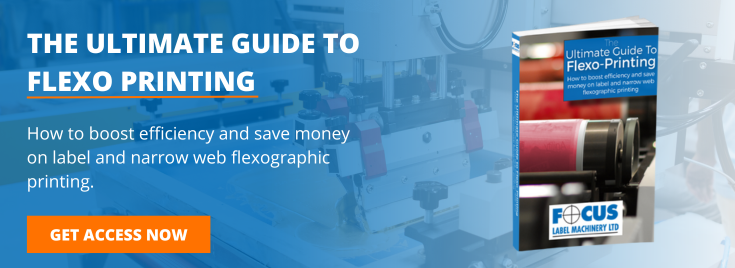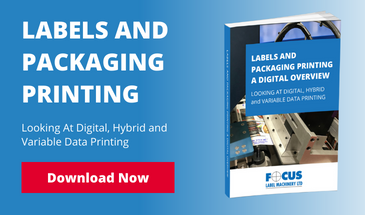
Demand for sustainable printing is soaring in today’s environmentally conscious world, so assimilating the benefits of different print technologies is a cost-effective way to slash waste, minimise dependence on potentially harmful materials, and reduce the carbon footprint.
Sustainable printing practices not only help to conserve natural resources but also meet demand for eco-friendly products among consumers.
Hybrid printing technology is one way that businesses can adopt sustainable printing without compromising on the quality or cost of their printed materials. In this article, we’ll explain what hybrid printing is and outline the benefits for your business.
What is hybrid printing?
Hybrid printing combines the benefits of flexographic and digital printing technologies into a single integrated process. It utilises the versatility of flexo printing for both short and long runs and its capacity to print onto a variety of substrates, and the speed, precision, and customisation of digital. By combining these two technologies, hybrid printing offers businesses a unique set of benefits, including outstanding print quality, enhanced versatility, and greater efficiency.
What are the benefits of hybrid printing?
1) Exceptional versatility
Hybrid printing offers businesses the ability to seamlessly transition between flexo and digital processes according to the needs of the project. This versatility enables them to optimise their workflows with the most suitable technology for the task at hand, thereby enhancing efficiency, reducing setup times, and achieving significant cost savings without compromising on the quality of the print.
2) Quality of print
Hybrid printing delivers an irresistible blend of vibrant colour and consistent ink coverage from flexo with the exceptional detail and sharpness of digital printing. This combination results in superior print quality which is ideal for applications that demand both exceptional visual appeal and highly detailed designs.
3) Variable data printing
Another important advantage of hybrid printing is its capacity for variable data printing. Hybrid systems can personalise printed pieces with unique information, such as names, addresses, or full-colour images. For businesses looking to execute large-scale, targeted marketing campaigns, variable data printing is a significant advantage, as a more personalised approach will increase customer engagement and uptake of their products or services.
What is the future of hybrid printing?
Hybrid printing has the potential to impact many different sectors, including packaging, labels, and textiles. Businesses can explore endless creative possibilities by combining different print techniques, colours, and finishes to unveil new avenues for innovation and design.
Looking ahead, hybrid printing is poised to play a significant role in shaping the future of the printing industry. The demand for just-in-time, personalised, and visually appealing print materials continues to rise, a trend that perfectly aligns with the benefits of hybrid printing.
With the printing industry witnessing a seismic shift from volume production to more customised, flexible solutions, hybrid printing is perfectly placed to support this transition. It offers the best of both worlds: the economic benefits of flexo for large runs and the customisation and agility of digital printing for smaller, more personalised orders.
Find out more
For more information about our hybrid printing machines and how to stay ahead in the printing industry, please download our free guide.
Image source: Canva






